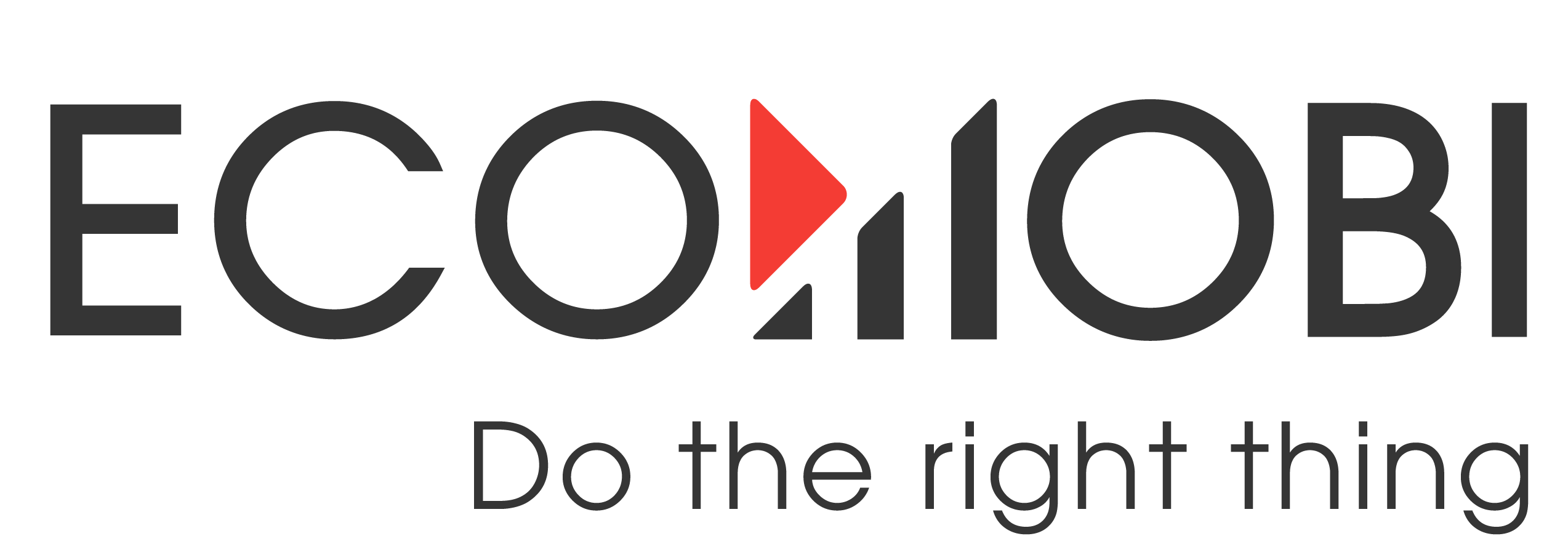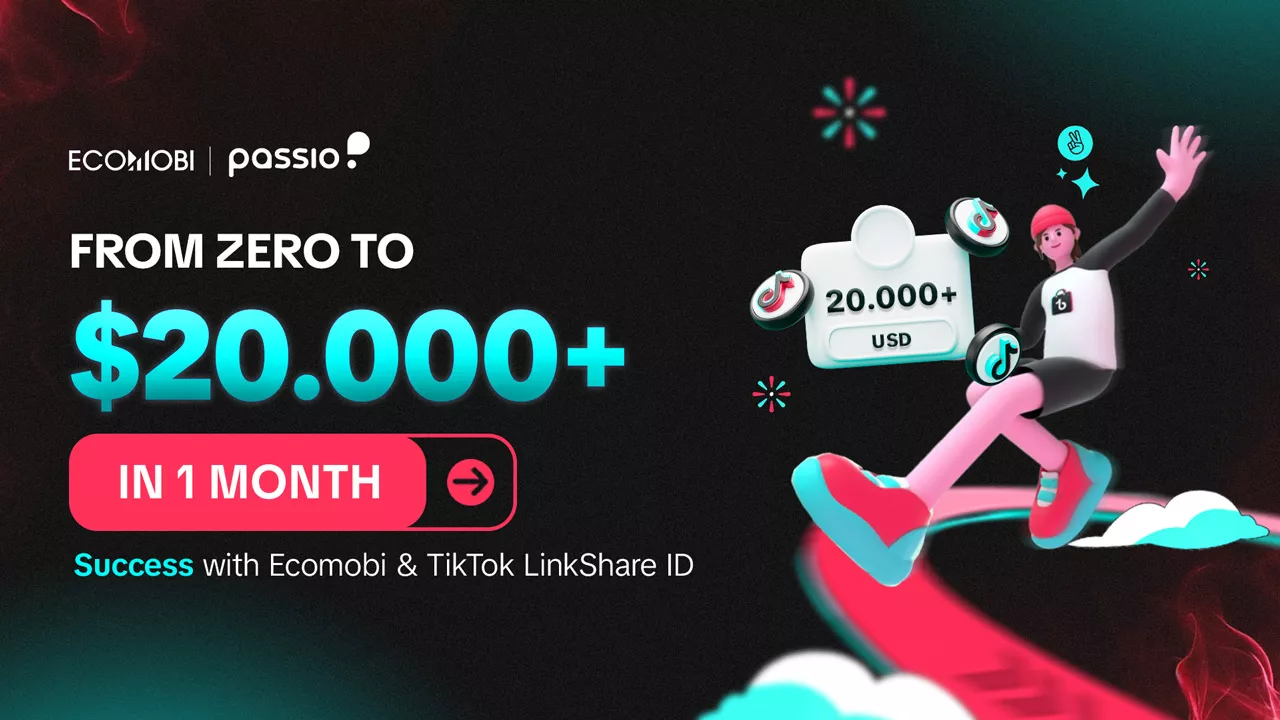Setting clear digital marketing goals is the foundation of a successful strategy. It’s the first step savvy marketers take to ensure their campaigns generate the highest return on investment (ROI). Without well-defined goals, your marketing efforts can easily become scattered and ineffective, wasting valuable time and resources.
In this blog, we’ll guide you through a simple process to set SMART digital marketing goals that align with your brand and budget. By the end, you’ll be equipped with the tools to create a focused plan that drives real results and boosts your revenue. Remember, a goal without a plan is just a wish. Let’s start planning for success with Ecomobi!
What Are Digital Marketing Goals?

Digital marketing goals are specific, measurable objectives that businesses aim to achieve through their online marketing efforts. These goals can vary widely depending on the company’s overall business objectives and target audience. Common digital marketing goals include:
- Increasing website traffic: Attracting more visitors to a website through organic search, paid advertising, social media, or other channels.
- Generating leads: Capturing potential customer information (like email addresses or phone numbers) through website forms, landing pages, or social media campaigns.
- Improving brand awareness: Building recognition and familiarity with a brand through online content, social media engagement, and public relations efforts.
- Boosting sales: Driving revenue growth through e-commerce, lead nurturing campaigns, or targeted online advertising.
- Enhancing customer engagement: Fostering interaction and loyalty among existing customers through social media, email marketing, or personalized content.
Why is Setting Digital Marketing Goals Important?
Setting digital marketing goals is crucial for several reasons:
- Provides direction and focus: Clear goals give marketing teams a roadmap to follow, helping them prioritize activities and allocate resources effectively.
- Enables measurement and evaluation: Goals act as benchmarks for assessing the success of digital marketing campaigns, allowing for data-driven decision-making and optimization.
- Aligns marketing with business objectives: Goals ensure that marketing efforts contribute to broader company goals, such as revenue growth or market expansion.
- Motivates and empowers teams: Shared goals foster collaboration and a sense of purpose among marketing team members, driving them towards achieving desired outcomes.
- Optimizes resource allocation: By setting goals, businesses can identify the most effective marketing channels and strategies, leading to better ROI and cost savings.
5 Simple Steps to Set Digital Marketing Goals & Boost ROI
Step 1: Define Your Digital Marketing Objectives
Before diving into any marketing activity, pinpoint exactly what you want to accomplish. Are you aiming to increase brand awareness, generate leads, build an influencer network, or boost social media engagement? The more specific your goals, the better equipped you’ll be to tailor your strategies effectively.
Step 2: Get SMART

To ensure your goals are actionable, apply the SMART framework:
- Specific: Clearly define your goal. Instead of “increase website traffic,” aim for “increase website traffic by 15% in the next quarter.”
- Measurable: Use metrics to track your progress. For example, track website traffic through Google Analytics.
- Achievable: Set realistic goals based on your resources and capabilities. Don’t overextend yourself.
- Relevant: Align your goals with your overall business objectives. Does increasing social media followers translate to more sales?
- Time-Bound: Establish a deadline to create urgency and accountability.
Step 3: Choose the Right Channels
The digital landscape is vast, with countless platforms and channels vying for your attention. But not every channel is suitable for your brand. To maximize your budget, carefully evaluate each channel’s potential:
- Audience: Does the channel reach your target audience? For example, if you’re targeting Gen Z, TikTok might be a better choice than LinkedIn.
- Budget: Is the channel sustainable and affordable? Some channels require significant investment, while others are more cost-effective.
- Measurability: Can you track your success on the channel? Choose platforms that offer robust analytics to measure your ROI.
- Messaging: Does the channel allow you to convey your brand’s message effectively? Different channels have different formats and tones.
- Synergy: Do your chosen channels complement each other? A cohesive multi-channel approach often yields better results.
Step 4: Align Goals with Budget
Your budget is a finite resource, so allocate it wisely. After defining your SMART goals, revisit them when planning your digital marketing budget. Every expenditure should directly contribute to achieving your objectives. If a tactic doesn’t align with your goals, reconsider its necessity.
Step 5: Stay Focused and Adapt
Throughout your marketing journey, continually refer back to your SMART goals. They will guide your decision-making and keep you on track. As your budget and circumstances evolve, don’t hesitate to adapt your strategies. The digital landscape is dynamic, and flexibility is key to staying ahead of the curve.
Conclusion:
By mastering the art of digital marketing goal-setting, you’ll unlock the full potential of your campaigns. Remember, it’s not about chasing the latest trends but about making informed decisions that align with your brand’s unique identity and objectives. By following these five steps, you’ll be well on your way to achieving a higher ROI and long-term success in the digital realm.
Contact us, Ecomobi:
– Fanpage: https://www.facebook.com/ecomobi.ssp
– Instagram: https://www.instagram.com/ecomobi_ssp
– Tiktok: https://www.tiktok.com/@ecomobipassiovietnam
– Email: info@localhost



















